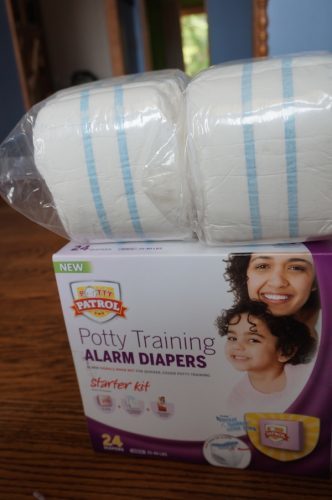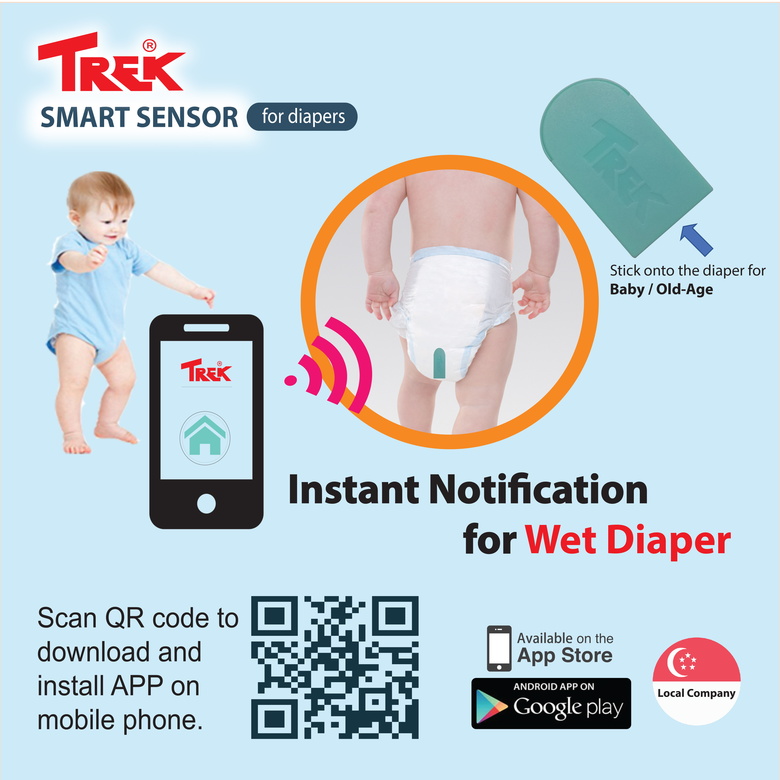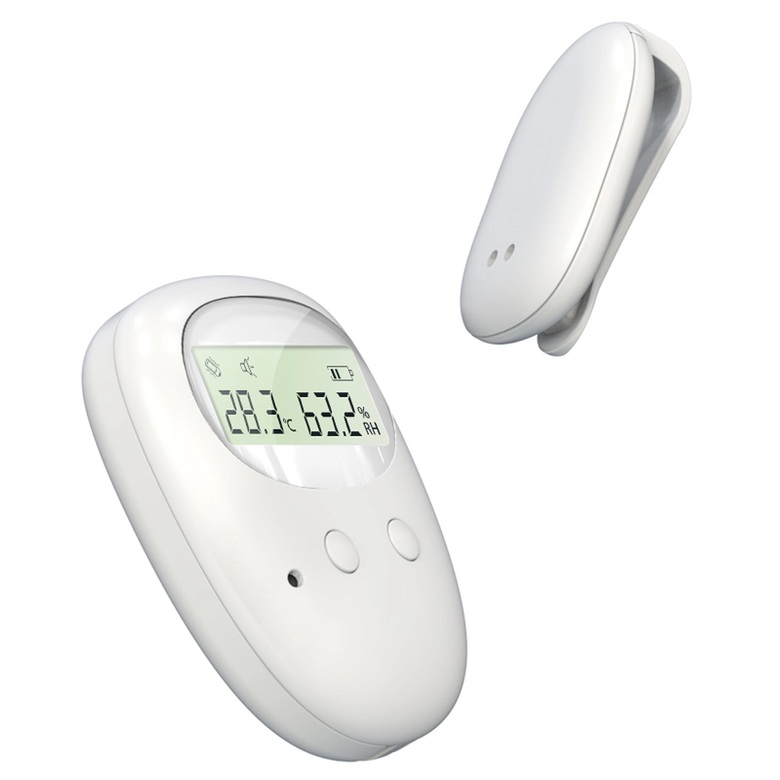Archives1
Staff member
@bobsmith
I didn't know about this but apparently it is available here. Mostly in use in nursery homes. It is viewed as a device to cut on diapers and therefore cut on time for nurses to change diapers on patients. Of course, a device which costs money has to cut on costs somewhere else. It is not considered as a help for patients but to prevent diapers to be changed before maximum saturation.
I didn't know about this but apparently it is available here. Mostly in use in nursery homes. It is viewed as a device to cut on diapers and therefore cut on time for nurses to change diapers on patients. Of course, a device which costs money has to cut on costs somewhere else. It is not considered as a help for patients but to prevent diapers to be changed before maximum saturation.



